I'm pleased to announce that my good friend and co-author of the Disneyland Paris book Didier Ghez just released a new book called "Disney's Grand Tour". This great 164 pages book include dozens of pictures of Walt that you've never seen before and talk for the very first time about Walt and Roy's European vacation on summer 1935. Thanks to Didier's research you will discover a long-forgotten chapter in Disney's history!
In 1935, as the artists and animators at the Disney Studio toiled mightily on the animated feature film Snow White and the Seven Dwarfs, Walt and Roy Disney traveled with their wives to New York and boarded the luxury liner Normandie to begin their “grand tour” of Europe.
With the full cooperation of Walt’s late daughter Diane Disney Miller, Didier Ghez spent years researching this seminal but little-known event that became so vital to the continued growth of the Disney company right through the creation of Disneyland two decades later. His book, Disney’s Grand Tour, is the culmination of that research.
Walt Disney’s European Vacation
Walt Disney’s European Vacation
The early 1930s was a crucial time for Walt Disney: despite the global success of Mickey Mouse, Walt knew he couldn't rely on his iconic alter-ego to sustain his studio indefinitely. He needed new triumphs. So he staked his creative future and his cinematic fortune on Snow White. But the pressure was edging Walt ever closer to another nervous breakdown; he needed a vacation.
Walt's brother Roy suggested a trip to Europe with their wives. The trip would take the Disneys from England to France, Germany, and Italy, and then back home. While the couples intended to relax and enjoy the comforts of Old World Europe, as well as the gala events held in their honor, Walt also had business in mind: his grand tour was not just about taking in the sights but about building the Disney brand in Europe and bringing back to America ideas and source material for new films, new cartoons, and far down the road, a new theme park
Walt and Lilly on the roof of London Grosvenor Hotel on June 12. © Corbis.
"Accordingly, when the Disneys arrived in London they first went to the offices of the B.B.C. where Walt was interviewed on the radio. When the program was over, according to an article released in the September 1935 issue of the Mickey Mouse Magazine, and supposedly written by Mickey Mouse, Walt “hopped into a taxi to go to our hotel, and when we glanced back, we saw just hundreds of boys on bicycles following us. They wanted Uncle Walt’s autograph. One boy who could ride faster than the rest caught up with us and tossed his autograph album into the window of the cab!”
The Disneys checked in at the Grosvenor House, a prestigious hotel, close to Hyde Park and not too far away from Marble Arch. In 1934 the hotel had hosted a show called Monte Carlo Follies, which featured Hilda Knight and Evelyn Dall as Mickey and Minnie Mouse, as well as a cast of young women (Rosalie Franson, Estelle Essex, and Annabelle Lancaster) as the Three Little Pigs, and Bob Robinson as the Big Bad Wolf.
But if the Disneys expected to find peace and quiet at the hotel they were mistaken. “The rooms were full of reporters,” wrote Edna [Roy Disney's wife]. “They all asked Walt questions at the same time. We were all pretty tired when it was all finished. Walt broadcasted in the evening.”
Journalist Paul Holt, writing for the Daily Express, also described the chaotic atmosphere as:
“[… ]the craziest mass interview I have ever attended. A whole floor of the Grosvenor House was taken. A hundred pressmen followed Disney from room to room. They drove him before them like a docile sheep. In the bathroom I heard him giving a considered verdict on the future of the color film. Five minutes later, sitting on his wife’s bed, I saw him turn the other way and light a cigarette when somebody said, ‘Will Mickey ever marry, Mr. Disney?’ Throughout the storm his wife, a pretty demure brunette, sat quietly in a corner, smothered in orchids, and said to all questions: ‘Yes, I think so’ or ‘Ask my husband.’ From time to time I saw Disney look across at her and grin.”
Having interviewed Lilly, a film critic from the Daily Mirror reported:
“Mrs. Disney told me that her first view of England from the train of the glorious Devon countryside reminded her of a picture book. She added that her one regret at leaving Hollywood, where, incidentally the weather has been just as erratic as it is now in England, was having to part from Diane, her seventeen-month-old daughter.”
According to an article in the Portuguese magazine Cinéfilo, uncovered by Spanish journalist Jorge Fonte, Walt also said that he just “wanted to rest, see a match of polo, the only sport of which he is a fan, enjoy the scenery and see how his movies make people laugh in London. Then visit Europe. France, Italy, Spain and Portugal are the countries that he wants to know.” But the Disneys would later abandon the idea of visiting the Iberian Peninsula. On July 1, Roy [Walt's brother] wrote to [Disney lawyer] Gunther Lessing: “We gave up the idea to go to Spain. Transportation facilities, we are told, are very poor and it is a tiresome long trip both in and out.”
A Spanish newspaper covering the same improvised press conference also explained that while visiting Switzerland later on during the trip, Walt was planning to meet the ten-year-old King of Siam who had sent him a telegram when Walt arrived in England.
What else did Walt actually tell the press that day? The West Australiannewspaper has the most detailed account of Walt’s press conference:
“Over here I am going to visit as many cinemas as possible to watch the reactions of the audience and gain fresh ideas.”
“Can I laugh at my own cartoons in the theater? No. When we think of the ideas, we may get a good laugh then. But in the cinema one is too familiar with the jokes and too occupied with technique to do anything but ‘cry’ at missed opportunities and errors in recording.”
“It is true that some of the animal characters are based on human prototypes. Max Baer was definitely the figure behind the overconfident Hare in The Tortoise and the Hare, and Charles Butterworth, the film comedian, was the original of the Tortoise. We try to think of certain types of personalities. It helps the cartoonist in giving life to the animal characters.”
“Yes, I’m fond of Mickey. After all I’ve spoken with his voice for so many years now that I’m beginning to feel identified with him. But he’s a good mouse, and sometimes his repressions get on our nerves. That’s why we’ve created Donald Duck. Donald is an escape from Mickey’s inhibitions. He’s a composite of all the people you don’t like and a few of the people you do.”
“I was never very good at drawing. Perhaps it’s just as well I stopped when I did. I should never have made a success of it. Today I do not even draw the key pictures in my cartoons. I don’t suppose I’ve had a draftsman’s pen in my hand for three or four years. My job is supervision—coordination of ideas.”
“At present I’m working on a full-length feature cartoon (Snow White and the Seven Dwarfs). It is still in the rough draft and should take about a year to make. We hope to develop personalities that will be interesting enough to run through the picture without bringing in any human actors. I’m also working on a mystery thriller (Who Killed Cock Robin?). And, later on, you may see some new characters in the shape of wolf cubs — small bad sons of a big bad father.”
Walt meeting Louis Lumière, legendary cinema pioneer at Paris Hotel Crillon on June 26, 1935 © Corbis.
Lillian and Walt aboard the Wilhelm Tell in Switzerland on July 10. Courtesy: Walt Disney Family Foundation
And now, here is an interview of Didier Ghez who tell you more about the book:
D&M: What was the appeal for you in disney's 1935 "grand tour" of europe?
Didier Ghez: From a personal standpoint there were two key motivations for writing this book: it was a chance to research the history of Disney in Europe before WWII, a subject which had never been discussed anywhere, leaving a huge historical gap that needed to be filled. It also gave me the opportunity to understand much better an episode in Walt's life about which we knew very little, but which we understood was a turning point at many levels. Walt was influenced by that trip in a million different ways, most notably:
* He bought hundreds of books, whose stories and illustrations would influence him and his artists for years to come.
* He became aware for the first time in a direct way how popular his creations were outside of the United States.
* He was able to check out the recently established English and French Disney subsidiaries, which served as the basis of the Disney expansion abroad.
* He met celebrities with whom he would stay in touch for years to come and who would introduce him to many more people which opened new business and creative doors for him.
* Finally, thanks to his tremendous memory, Walt stored hundreds of ideas that would be used in future projects: a maze in the UK which would appear close to twenty years later in "Alice in Wonderland", a clock in Strasbourg that made its way to Disneyland, UK production facilities that he remembered when he started producing movies in England in the '50s, and on it goes.
This long trip was truly a turning point in Walt's life and career. It was not just a vacation; it included a lot of very important business, too.
D&M: Can you summarize your research and writing processes?
DG: The book is the result of an investigation process that took me close to 25 years! The actual writing took two-and-a-half years.
The official history of Disney in Europe seemed to start after World War II. We all knew about the various Disney magazines which existed in the Old World in the '30s, and we knew about the highly-prized, pre-World War II collectibles. That was about it. The rest of the story was not even sketchy: it remained a complete mystery. For a Disney historian born and raised in Paris this was highly unsatisfactory. I wanted to understand much more: How did it all start? Who were the men and women who helped establish and grow Disney's presence in Europe? How many were they? Were there any talented artists among them? How did the businessmen operate? Where exactly did Disney have offices? How were those offices structured? How did Walt and Roy interact with them?
I managed to chip away at the brick wall, by learning about the existence of Disney's first representative in Europe, William Banks Levy; by learning the name George Kamen; and by piecing together the story of some of the early Disney licensees. This was still highly unsatisfactory. We had never seen a photo of Bill Levy, there was little that we knew about George Kamen's career, and the overall picture simply was not there.
Then, in July 2011, Diane Disney Miller, Walt Disney's daughter, asked me a seemingly simple question: "Do you know if any photos were taken during the 'League of Nations' event that my father attended during his trip to Paris in 1935?" And the solution to the great Disney European mystery started to unravel. This "simple" question from Diane proved to be anything but. It also allowed me to focus on an event, Walt's visit to Europe in 1935, which gave me the key to the mysteries I had been investigating for twenty-three years. Remarkably, in just two years most of the answers were found.
The story of the research process is almost a book in itself, but let's just say that I had three main sources to write this book: correspondence stored at the Walt Disney Archives, hundreds and hundreds of articles released in foreign newspapers and magazines, and Edna & Roy's diary. The diary is only about fifteen-pages long but contains entries for every day of the trip, pointing out the key things that Roy and Edna experienced. It was a great starting point to understand how the trip was structured, to know who the Disneys met and where they went, but it was only the first step in a much broader quest. The correspondence at the Disney Archives helped me to understand the business aspects of the trip and also contained some very human components, like the news about their family that Walt and Roy received during the trip, some of it moving, some of it hilarious. When it comes to the articles, they were probably one of the richest sources of information, with documents in English, French, German, Italian, Spanish, Portuguese, Norwegian, and even Danish to study, and some magazines released in countries as far away as Australia. All of them provided additional details to the story of the trip. Many led to fascinating discoveries.
D&M: What were the most difficult facts to track down and verify?
DG: From a historical standpoint the most important discovery was determining once and for all whether Walt had met Mussolini during the trip. Documents kept pointing in the positive direction, then in the negative, and it took me close to two-and-a-half years to find out what the truth was, with compelling evidence. You will have to read the book to know the answer.
From a personal standpoint the most important discovery was to find out who were the first employees to join the French Disney subsidiary before WWII and to understand how the business was actually structured in those years.
It was also immensely satisfying to unearth dozens of never-seen photos of the trip, as well as getting access to screenshots from Walt and Roy's personal video footage.
D&M: What involvement did walt's daughter diane have in the project?
DG: Diane was instrumental in three key ways: she asked the question which led to the writing of this book (see above), she provided access to Roy and Edna's diary, and she was kind enough to sponsor the acquisition of the photo rights through the Walt Disney Family Foundation. She was also kind enough to write the foreword for the book.
I miss her dearly and I still cannot believe that she will not be able to see the book.
D&M: Did walt ever return to Europe again after the grand tour?
DG: Walt returned many times to Europe after the Grand Tour, but all those other trips took place after World War II. The only trip he made to Europe before 1945 and after the creation of Mickey was the Grand Tour.
Roy, for his part, went back once to Europe before WWII, in 1938, to supervise the dubbing of "Snow White" and the setting up of the Italian Disney subsidiary.
D&M : Is "Disney's grand tour" of interest to casual disney fans?
DG: Yes, I believe that casual readers, not just Disney historians, will find it a fun read. The book is heavily illustrated. We travel with Walt and his family. We see what they see and enjoy what they enjoy. And the book is full of quotes from the people who were there: Roy and Edna Disney, of course, but also many of the celebrities and interesting individuals that the Disneys met during the trip. And on top of all of this, there is the historical detective work, that I believe is quite fun: the mysteries explored in the book unravel step by step, and it is often like reading a historical novel mixed with a detective story, although the book is strict non-fiction.
D&M: How did the many books that walt brought back from europe influence future disney projects?
DG: Those books provided massive new sources of inspiration to the Story Department. "Some of those little books which I brought back with me from Europe," Walt remarked in a memo dated December 23, 1935, "have very fascinating illustrations of little peoples, bees, and small insects who live in mushrooms, pumpkins, etc. This quaint atmosphere fascinates me."
To say that Walt was eclectic in his interests is an understatement. But within the huge amount of books he brought back from his trip to Europe, one notices some clear patterns when it comes to the illustrators. The list is clearly dominated by a few famous artists like Gustave Dore, Edmund Dulac, W. Heath Robinson, and Arthur Rackham, of course, but also features prominently the Frenchmen Benjamin Rabier, Jean de Brunhoff, Alain Saint-Ogan, Felix Lorioux, and Samivel, and the Germans Ida Bohatta-Morpurgo, Wilhelm Busch, Else Wenz-Vietor, Adolf Holst, G.E. Studdy, and George Jellicoe. In other words, Walt's selection represents a true who's who of European illustrators at the time and a wealth of visual stimulations for all of his artists.
D&M: What other little-known events in walt's life are ripe for analysis?
DG: There are still a million events in Walt's life and career which need to be explored in detail. To name a few:
* Disney during WWII (Disney historian Paul F. Anderson is working on this)
* Disney and Space (I am hoping to tackle that project very soon)
* The 1941 Disney Studio strike
* Walt's later trips to Europe
The list goes on almost forever.
D&M: What's your next project?
DG: There is, as always, a lot on my plate. In the near term, here is what you can expect:
* "Walt's People: Volume 14" should be released in March or April this year, which Volume 15 following around December.
* On February 1, the autobiography of the head of the Walt Disney Music Publishing Company, Jimmy Johnson, "Inside the Whimsy Works", will be released by University of Mississippi Press. This is a book I helped edit, along with Greg Ehrbar.
* I am also editing two other "lost" autobiographies: one by Disney Golden Age story artist Homer Brightman and one by Eric Larson (of Disney's Nine Old Men).
All of these books (except for Jimmy Johnson's) will be released by Theme Park Press.
There are a few more book projects on my list, but it is still too early to talk about those. I like to keep myself busy as there is so little time left to preserve as much Disney History as possible.
Diane Disney Miller © Walt Disney Family Foundation
As Didier told you in the interview above this book couldn't have been done without the precious help of Diane Disney Miller, Walt's daughter, who passed away two months ago. Diane wrote last July the foreword of the book that you can read below.
Disney's Grand Tour Foreword by Diane Disney Miller:
In the summer of 1935 my dad was deeply involved in the making ofSnow White and the Seven Dwarfs. He had actually begun the project in 1932, and the film wouldn’t be released until 1937, but it would be his first feature-length cartoon, a massive undertaking that many were uneasy about.
At this point, midway in the project, my Uncle Roy, ever vigilant and concerned with the well-being of his younger brother, sensed that Dad needed a break. He proposed that they, the two couples, take a trip to Europe. They did. It was their first trip to Europe, though Dad had spent his seventeenth year in France with the Red Cross. They were gone for two months, starting in London, and it was a very important trip in many ways. Edna and Roy kept a journal of the trip, citing every place they went and just about everyone they met. My cousin Roy had sent me a copy of this journal, and I shared it with Didier.
Didier took Edna and Roy’s journal much further, and delved very thoroughly into every aspect of this trip. A press agent had stated at the outset that the group, when in Rome, would meet both the Pope and Mussolini. They met neither, but rumor had persisted that they did meet Il Duce. My mother had told me much about that trip over the years. She’d mentioned that they did not meet Mussolini, but did meet his daughter and her husband, Count Ciano, who my mother said was “very handsome”. My father never said much about the trip, but we did have his 16mm films of it.
Didier was determined to get to the bottom of that rumor, and to follow up on things that Roy and Edna did not detail in their journal.
When they reached Lake Como they lingered there for some time, staying at Villa d’Este. Dad and Roy would make day trips to Milan on business, while Mother and Edna enjoyed the lake and the ambience of the lovely hotel. It was here that they met the Mondadori family, which was the beginning of a long relationship with Mondadori Press. It was very much a business trip for Roy, and definitely a P.R. and good-will trip for Dad. Everywhere they went they were received with great interest by the press, and Dad made himself very available to them, as he always has. Dad returned encouraged and refreshed to get back to work on Snow White, and Roy made many subsequent trips to the European offices that they had established.
Didier has left no stone unturned. Every moment is accounted for in his monograph. He is the consummate historical sleuth and he seeks the truth, as we do. His narrative is really fascinating, and a very important segment of the history of the company.
Inauguration of the Westminster Hospital Rebuilding Fund on June 24 in London. © Getty Images.
Thirty years before Mary Poppins, Walt with penguins at the London Zoo on June 13, 1935!
Your Travel Itinerary with Disney's Grand Tour
In Disney’s Grand Tour, Didier Ghez traces the footsteps of Walt and Roy Disney as they board the Normandie in New York and sail to England, then travel through France, Germany, and Italy prior to boarding another luxury liner for the trip home.
But the book is no mere travelogue: you will be at Walt’s side as he conducts Disney business; meets H.G. Wells, Louis Lumiere, and other notables; attends shows, concerts, and ceremonies; and recharges his creative powers for the astonishing Disney projects ahead.
Your trip with Walt and Roy includes:
- First-class accommodations aboard the luxury liner Normandiebound for England
- 12 days in England and Scotland, where Walt experiences one of the biggest thrills of his life
- 10 days in France, where Walt receives a medal from the Legion of Nations for Mickey Mouse—or so he thinks
- 6 days in Germany and Switzerland, where Walt attends a stage show that may have inspired the party scene in Snow White
- 12 days in Italy, where Walt strikes a Mickey Mouse deal with Italy's biggest publisher and flushes out a pair of crooks
- Personal meetings with Mussolini and the Pope—or maybe not
- Expert analysis of and insight into the major milestones of the tour
In addition to the many “small and delightful surprises” that noted animation historian (and author of The Animated Man: A Life of Walt Disney) Michael Barrier mentions in his preface to the book, Disney’s Grand Tour features over 200 notes for those inclined to dig deeper into the story. It also contains a list of the hundreds of books that Walt personally selected in Europe for transfer back to the Disney Studio library, and these books inspired Disney artists and animators for decades.
How to order Disney's Grand Tour: The book is available on Amazon HERE in a 164 pages 9" x 6.3 " hard cover format for $33.77 OR in an Amazon Kindle edition HERE for $8.21.
So pack your bags. The Normandie whistle blows. Embark with Walt Disney and join him on a grand tour of Europe!










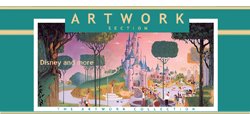
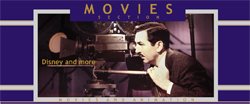



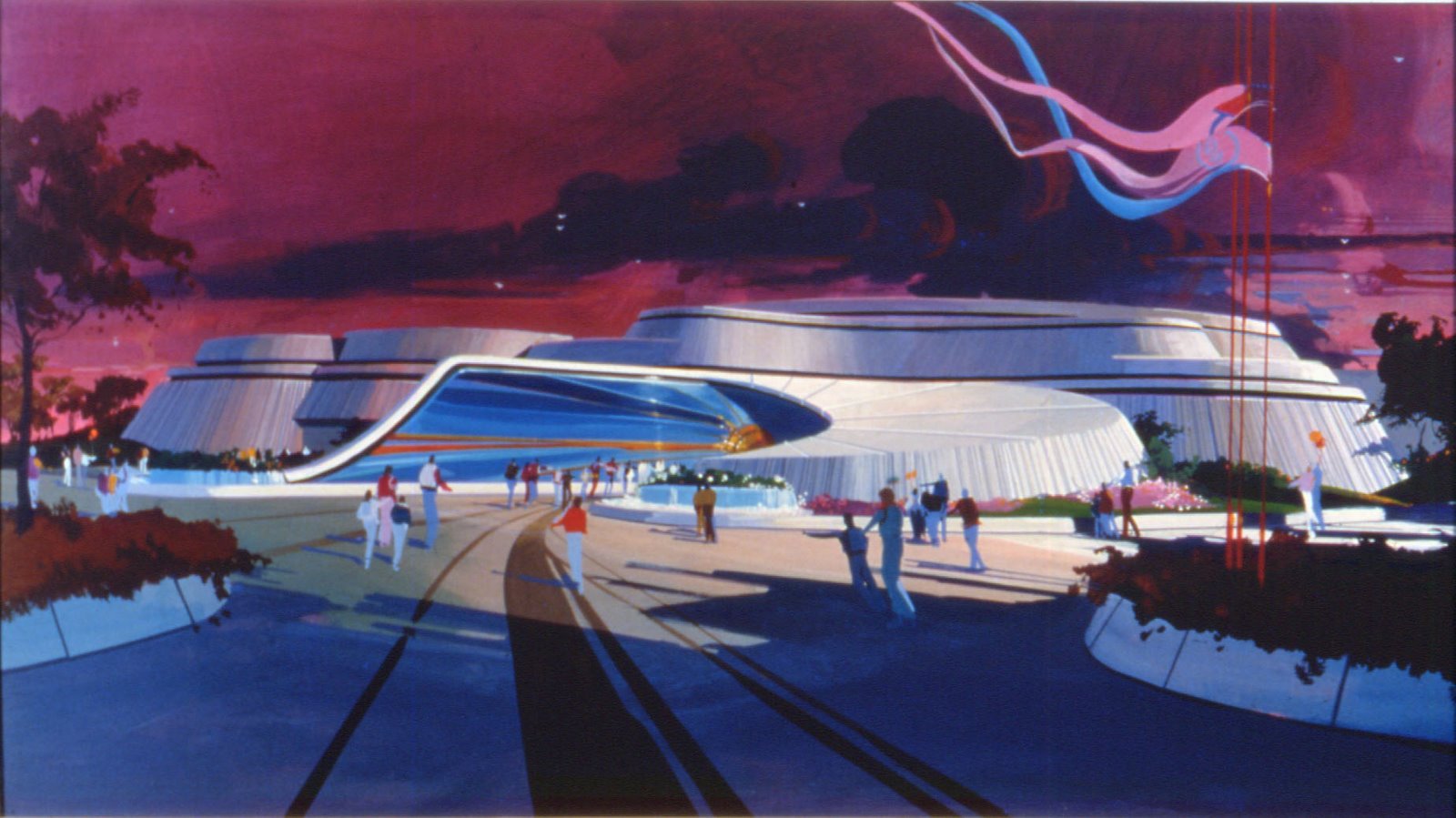







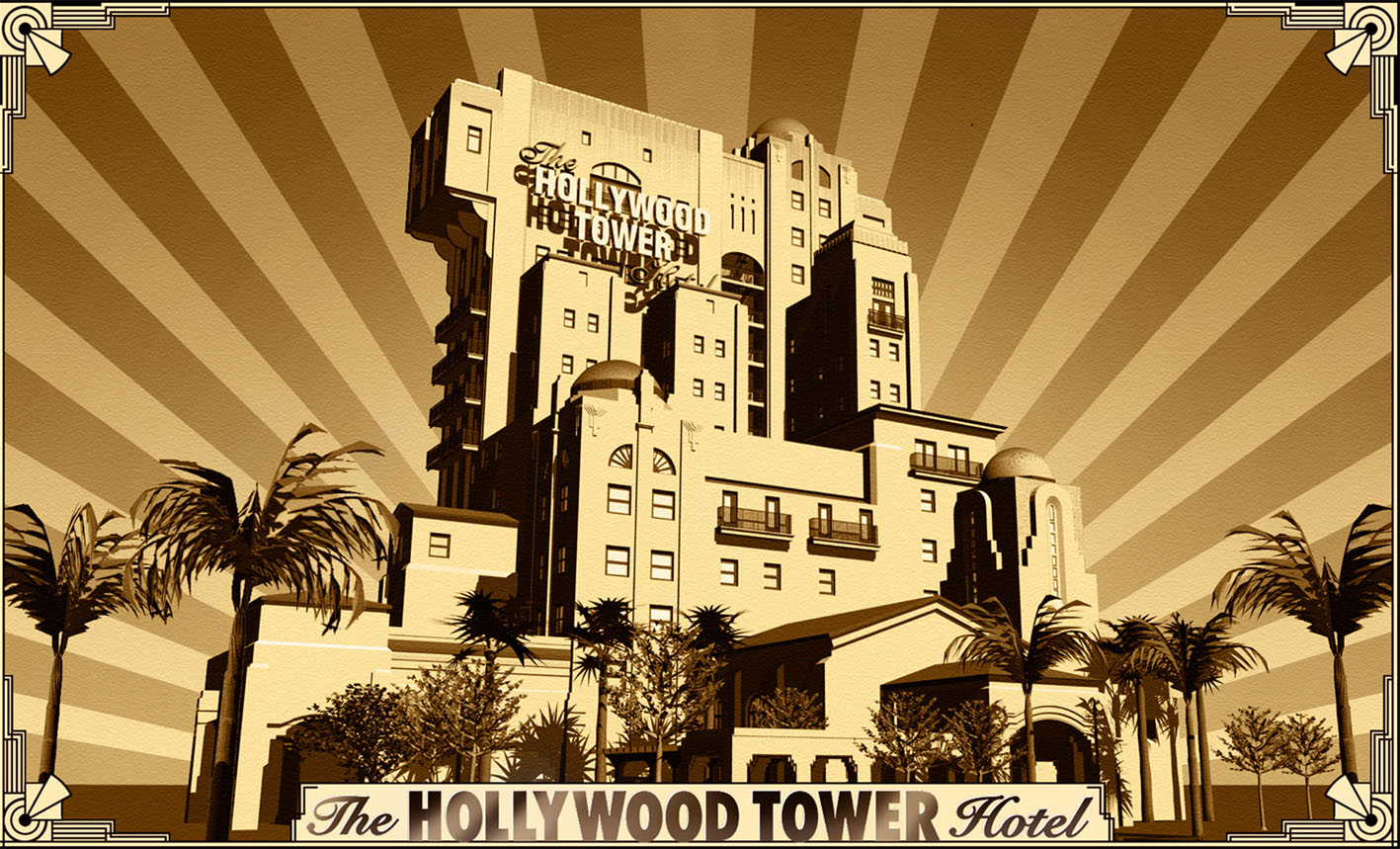



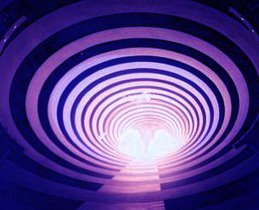
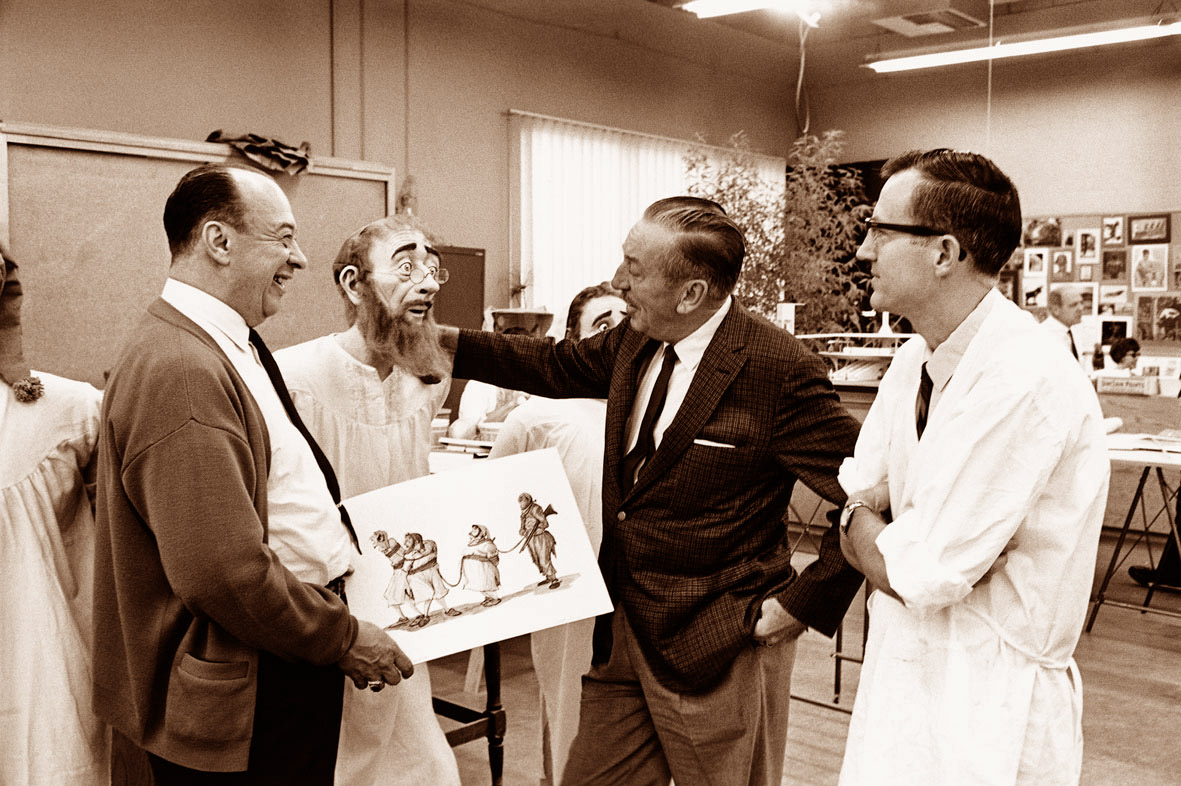
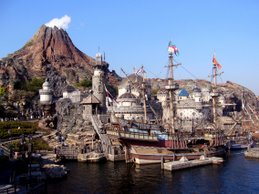

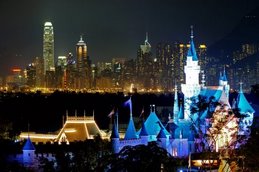











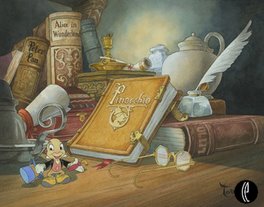
1 comment:
This looks like a great book, I'm certainly going to buy a copy!
Thanks for the info Alain!
Post a Comment